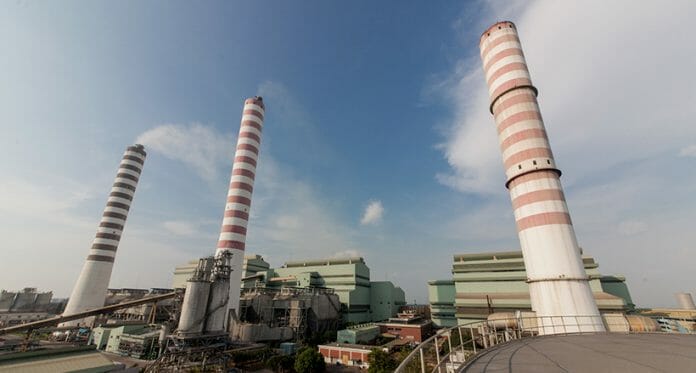UOB commits to reach net zero by 2050, focusing on six sectors, which make up about 60 percent of its corporate lending portfolio. The sectors are power, automotive, oil, and gas, which are part of the energy value chain, as well as real estate, construction, and steel, which are part of the built environment value chain.
Using internationally-recognized climate science models, the regional bank based its sectoral targets on regional pathways that align with global net zero goals. This approach to net zero reflects UOB’s strong belief in the need for a just transition in Southeast Asia that continues to support economic growth and improve energy access across the region’s diverse economies.
Mr Wee Ee Cheong, Deputy Chairman and Chief Executive Officer, UOB, said, “In Southeast Asia, our net zero ambitions must go hand in hand with an orderly and just transition to take into account socioeconomic challenges. Even as we cut our carbon footprint, we must ensure that people’s lives and livelihoods can continue to improve.
Its commitments include interim 2030 targets to reflect the necessary near-term progress on the path to net zero.
In addition, UOB has also committed to exiting financing for the thermal coal sector by 2039. This is on top of its existing prohibitions on the new project financing of greenfields or expansion of coal-fired power plants and thermal coal mines.
The Singapore-based bank is looking at integrating its net zero plans into its business strategies and will step up its efforts in working closely with clients and other stakeholders toward decarbonisation. It will conduct annual reporting to track progress against its net zero commitments. Over time, the Bank will expand the scope of its targets to include additional sectors as data and climate scenarios become available.
Underlining its commitment to regional and global decarbonisation efforts, UOB has joined the Net-Zero Banking Alliance, which is made up of 121 banks from 41 countries with US$70 trillion in global banking assets.









